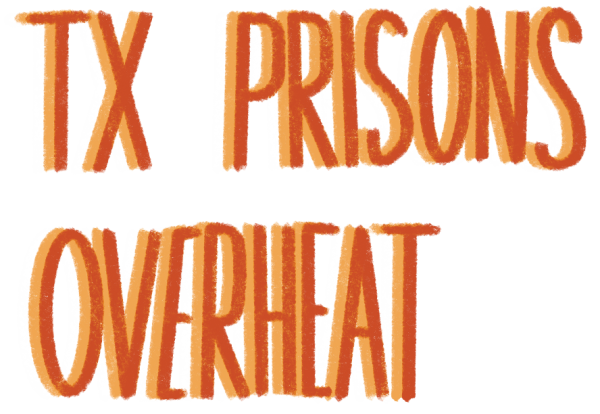Education Within Prison
January 9, 2020
There are 2.2 million people in the U.S. prison system today. That’s about 25% of the world’s prison population held in a country that holds only 5% of the world’s population, according to the American Psychological Association. In order to decrease the country’s prison population, we need to introduce higher education. Education programs in prison have been proven to reduce recidivism and help to decrease the U.S.’s abnormally high rates of imprisonment.
Recidivism refers to the rate at which former inmates return to prison because of a crime committed after their initial release. According to a report done by the US Bureau of Justice Statistics in 2018, 83% of prisoners were arrested again 9 years or less after their release. The purpose of the prison system should be to rehabilitate prisoners, and it has failed at carrying out that purpose. A reduced rate of recidivism helps a prisoner’s chance of rehabilitation because that means they aren’t spending as much, or any, time in prison. The more a person can live and adapt back to the “outside,” the better. This is why we need higher education programs in the prison system. They will fill a need for reducing recidivism rates by preparing inmates for a successful life outside of prison.
Many private companies offer initiatives for inmates to complete college-level work and ear degrees. The Bard Prison Initiative is a program that allows inmates in certain prisons around New York to enroll in the same courses that a student at Bard College could take. Prisoners are selected during an admittance process, and participate in various liberal arts courses.
Similarly, Temple University offers The Inside-Out Exchange Program. The program offers classes for both inmates and citizens, but they are located within a prison. The idea is to allow students to learn in a more diverse environment and allow prisoners the opportunity to earn a college degree.
According to a study done by the New York State Department of Corrections and Community Supervision in 2013, higher education programs in prison help reduce recidivism rates 1.8 times. The significant drop in recidivism when education programs are introduced shows that programs similar to the Inside-Out Exchange Program and the Bard Prison Initiative work.
These programs do what they’re designed to do, and they help solve an ever-present problem. Some education programs help prisoners attain a degree, and prisoners who get released being able to work right away can contribute to the economy. Higher education programs aren’t just helping prisoners, but they show a return on investment for taxpayers.
According to the Vera Institute of Justice, every dollar invested in prison-based education yields 4 to 5 dollars of taxpayer savings in reduced incarceration costs. It is clear that not only do these programs work, they also generate a profit that could then go back into the programs themselves.
According to a survey done by the National Center for Education Statistics, 70% of incarcerated adults want to join an academic class or program. About a quarter of people surveyed who expressed interest in these programs were also on a waiting list for academic classes or programs of study. If given the opportunity, prisoners will take these classes. There is a need, there is a market, and there is even a financial incentive, so there seems to be no real reason not to implement these programs on a wider scale. However, some government initiatives have slowed the process of implementing higher education into prisons.
In 1994, Bill Clinton signed a crime bill that put a ban on Pell Grants for prisoners A Pell Grant gives students help in paying for college. Before the ban, inmates could apply for a grant and get money for college courses or workforce training. Recently, there has been talk in Congress about lifting the ban on Pell Grants, and the bill even has bipartisan support, but at the time of writing, nothing has passed.
One concern some citizens have with the idea of higher education in prisons is that giving prisoners more access to education could leave some citizens without that access. However, investing in higher education programs for prisoners yields a return on investment, not to mention the fact that prisoners often face a world that is discriminatory against them once they get out, so they should get the same opportunities as all other citizens.
After inmates are released, they face a 27% unemployment rate, a rate of 2% above those seen during the Great Depression, according to the Prison Policy Initiative. This can be for multiple reasons, such as employers not wanting to hire former inmates and other factors such as race and gender.
Higher education programs for inmates can help them get a headstart in the workforce once they return to society. These programs allow former prisoners the opportunity to gain a degree, or at the very least a high school education, and as stated before, they have been proven to keep prisoners out of prison.
We have a problem with disproportionately high incarceration rates in this country. It is completely and totally unacceptable that we’ve let that problem get to this point, and that we’ve done almost nothing to stop it. Higher education programs work, have a market and are financially viable. Congress needs to support the bill that would allow prisoners access to Pell Grants. There is no excuse to not invest in these initiatives.







